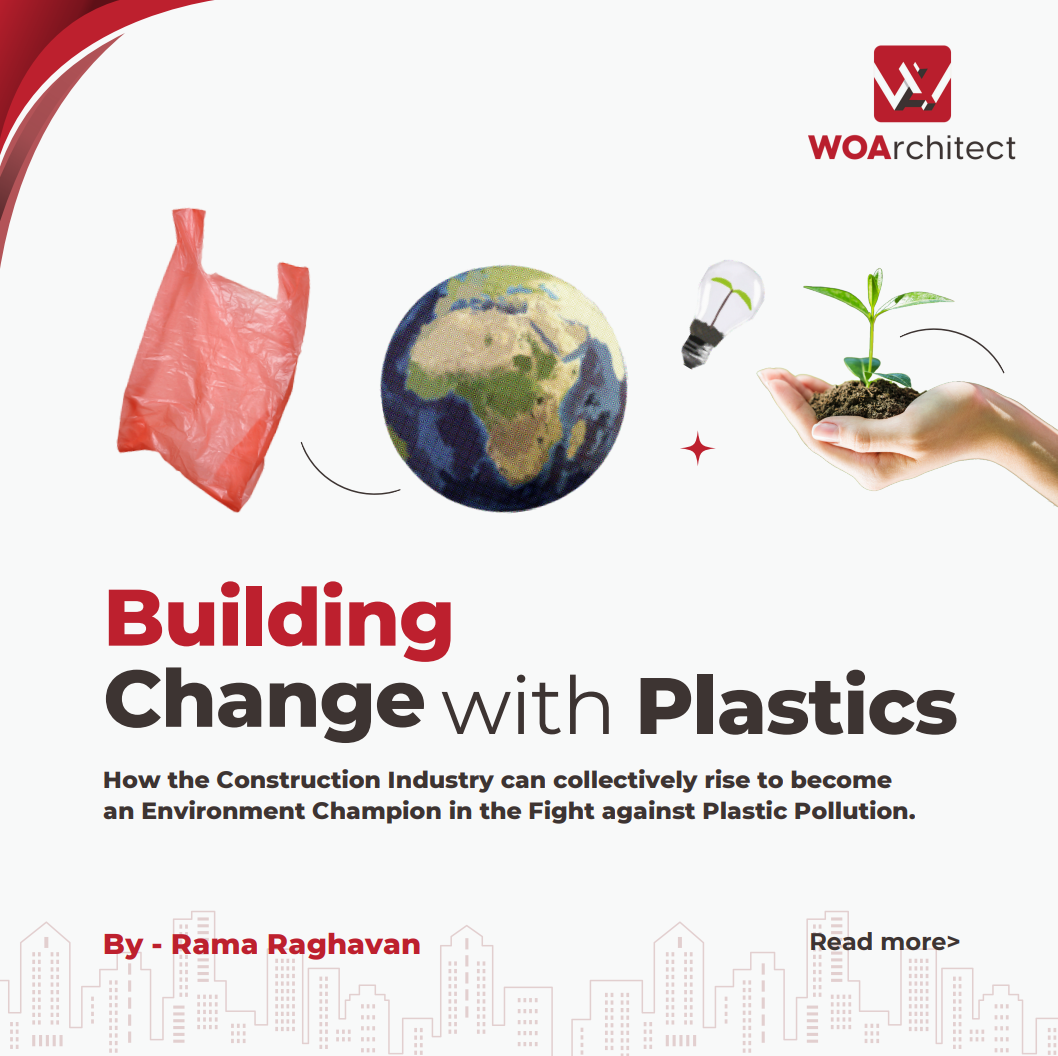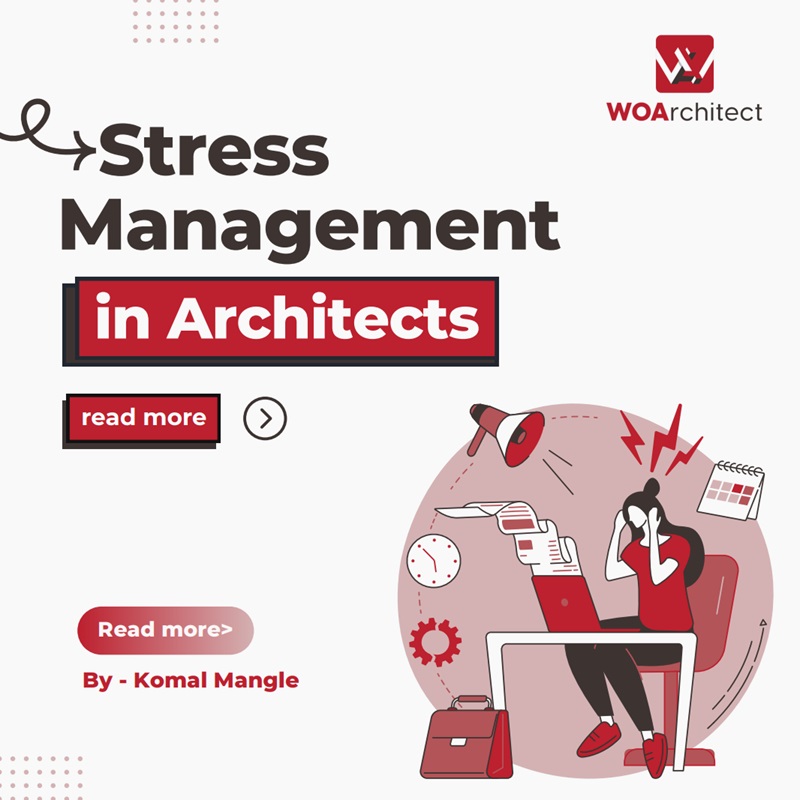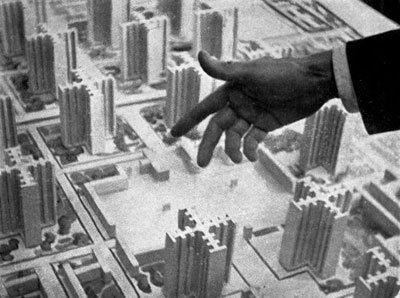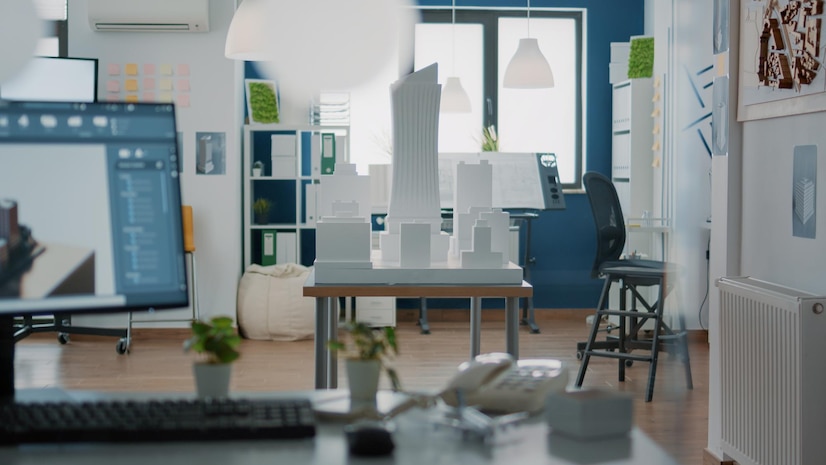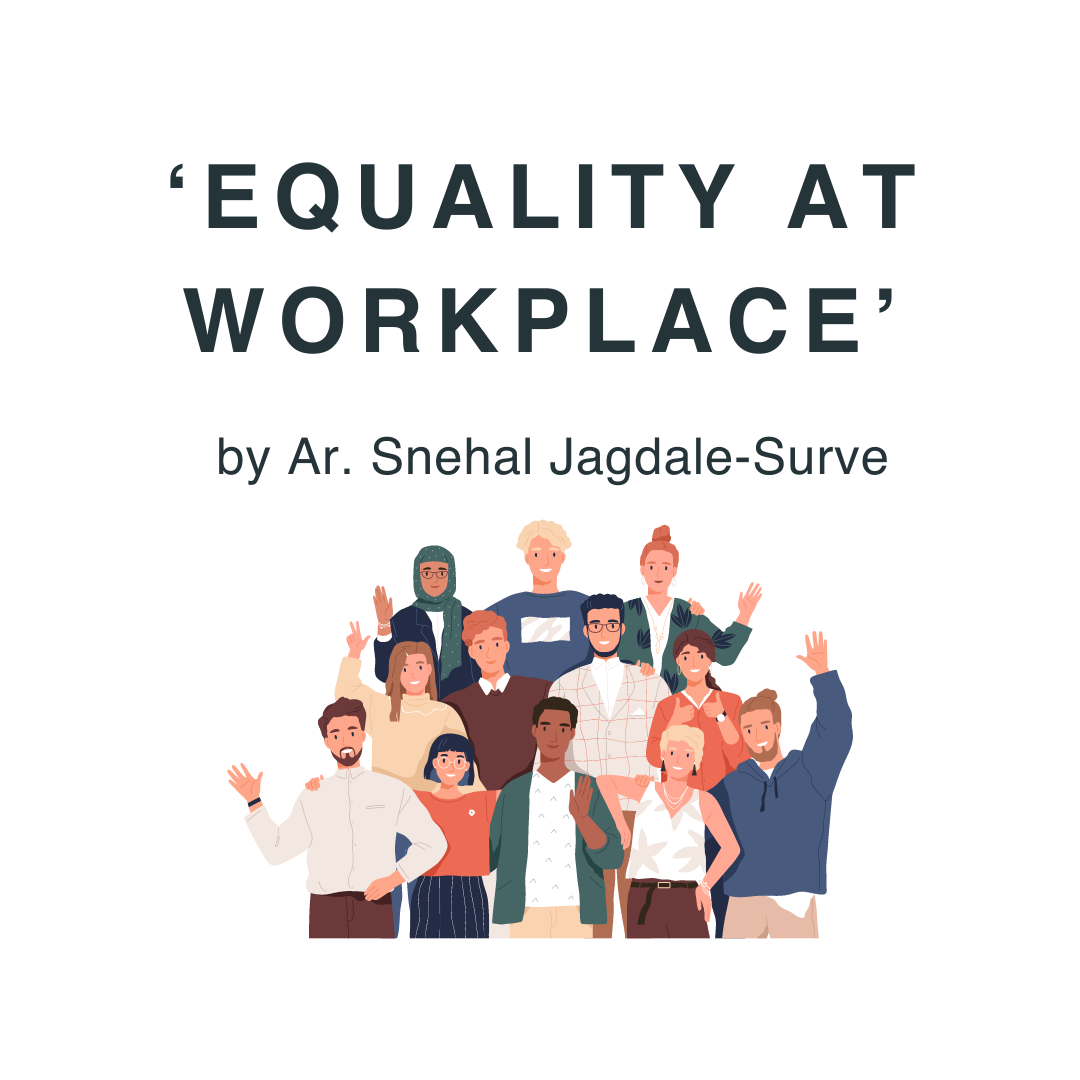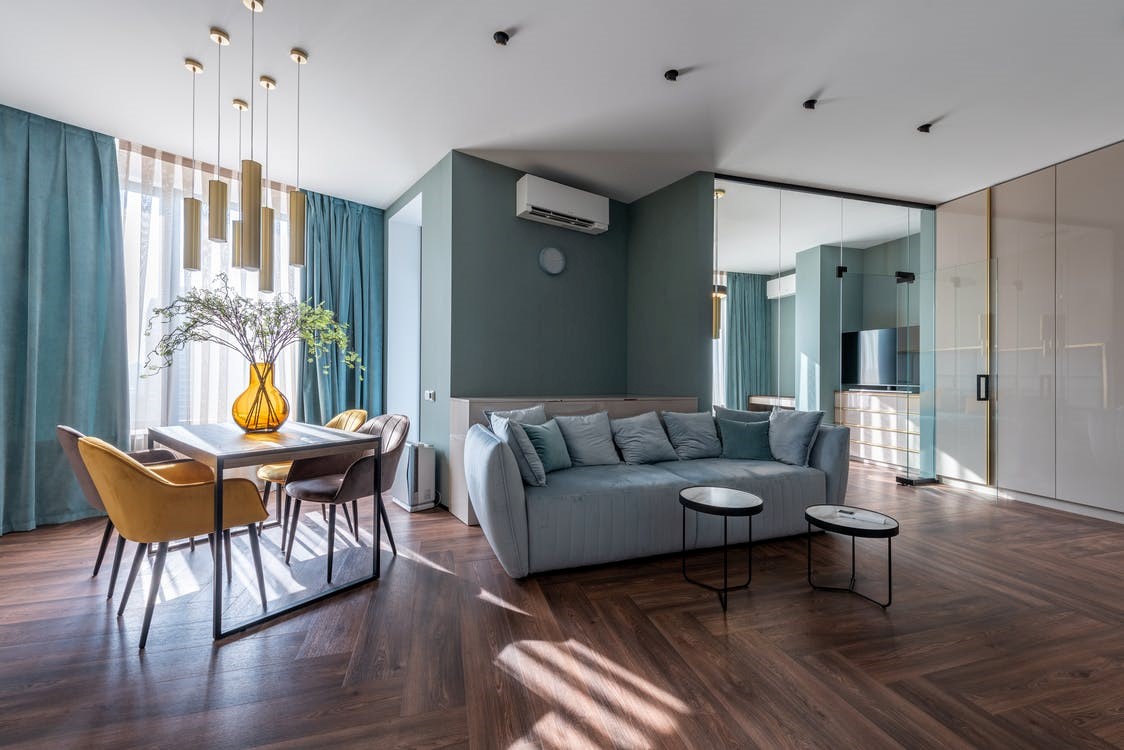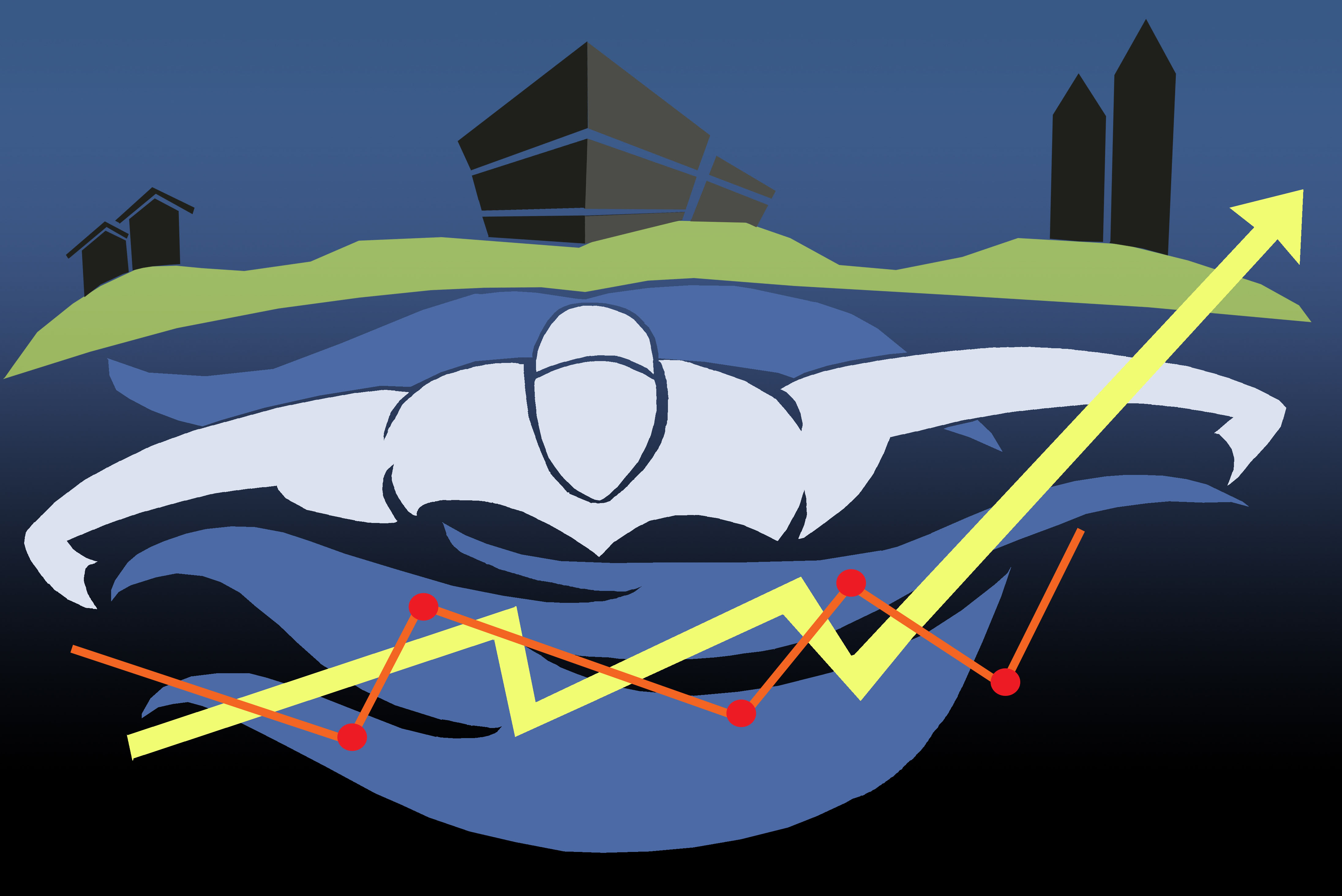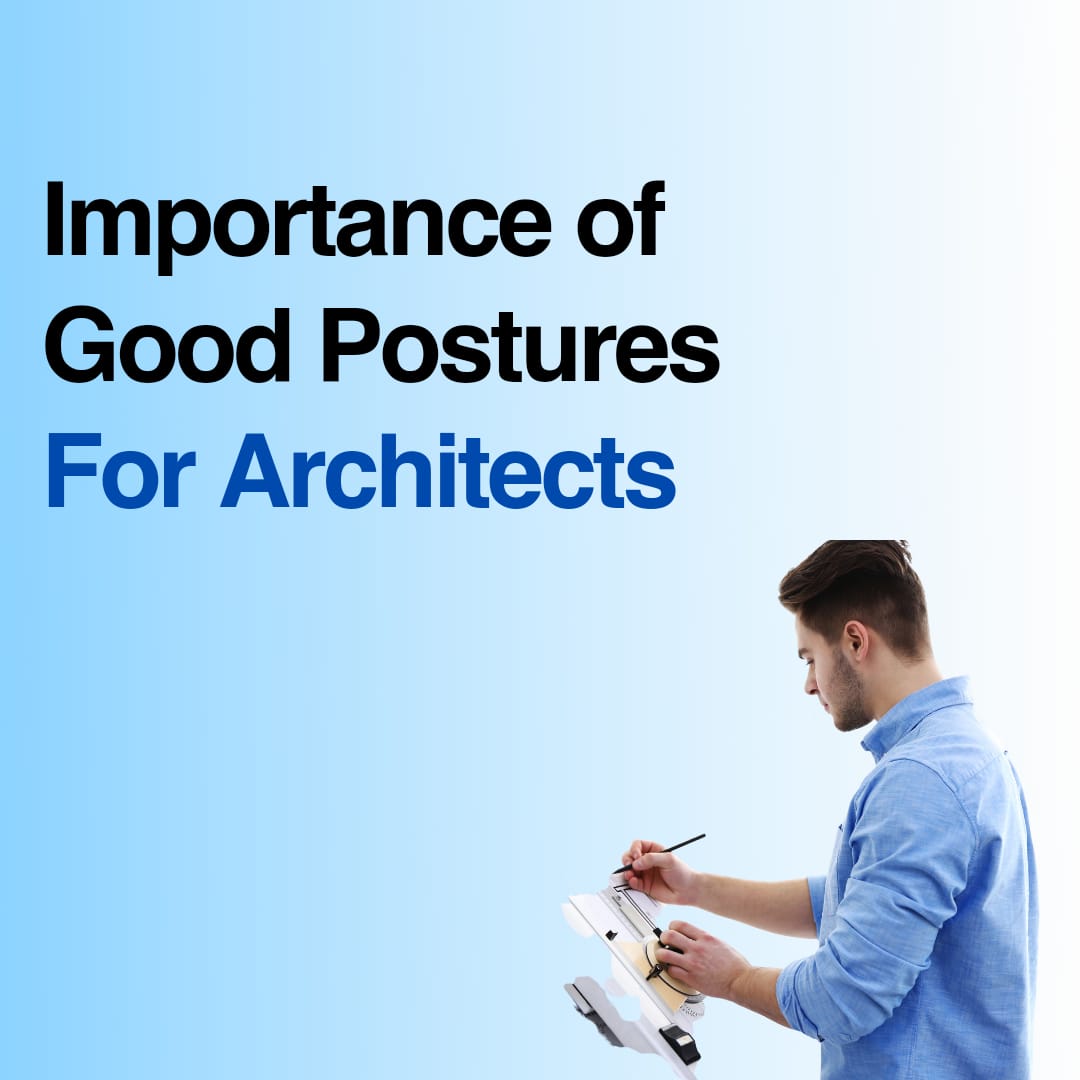
Importance of Good Postures for Architects
While doing Bachelors in Physiotherapy, I was always alert about people discussing the physical discomforts or pains. My elder sister is an Architect and our house was frequented by her fellow classmates and colleagues. Most of them approached me about their issues of back pain, neck pain or wrist pain. I searched for a number of articles for references, but couldn’t find much material on the physical strains caused to Architects due to their work. This gave me reason to do a thesis on Architects! Hence, with a lot of research coupled by a proper guidance I was able to conduct my thesis named ‘Evaluation of risks of work-related musculoskeletal disorders in professional Architects’. My thesis gave me insight about the working methods of Architects and the physical harm they caused themselves while working. The intension of this article is to convey my findings and remedial measures to the Architects, with the hope that it will help some of you, to take corrective measures before it causes further damage to your physical wellbeing and to increase your productive years.
Evaluating the working methods of professional architects, from age ranging 21-40, most of them worked for long hours on computers or laptops. Some of them do site visits, travel for meetings and business development, but majority of time is spent on their desk. Since the profession also demands meeting tight deadlines and finding creative solutions, Architects spend 8 to 10 hours daily sitting on a single place and working.
I sampled 100 architects as well as architecture students for my thesis which consisted of males and females at a ratio of 50:50. My study excluded the individuals having past surgical history, fractures and trauma of the dominant side. I arrived at the conclusion, that neck and lower back are more prone to develop musculoskeletal disorders followed by shoulder, wrist, hip, knee, elbow and ankle due to abnormal posture while working on the computers.
Risk factors for developing musculoskeletal disorders in Architects:
- Poor posture: While using laptops and computer screens, the professionals forget about the posture in which they work. Rounded back, forward head posture, unsupported elbows, sitting on the tail bone rather than the hips etc. such postures can cause musculoskeletal disorders.

Figure 1: Some examples of bad postures. Source: Taken by author
- Prolonged hours of work: Because of working for prolonged hours in the same wrong posture mentioned above, the computer users are prone of developing multiple joints pain.
- No breaks between work hours: Insufficient breaks and continuous being in the bad posture leads to repetitive use of muscle groups leading to stiffness and pain in these large joints. Taking breaks in between working hours may help to regain the movement and prevent stiffness and sprains caused by poor posture.
- Prolonged standing: Standing for long hours during site visits, ascending a number of floors for supervision, sitting continuously without break for prolonged hours; might cause back pain and lower limbs pain indirectly developing musculoskeletal disorders in Architects.
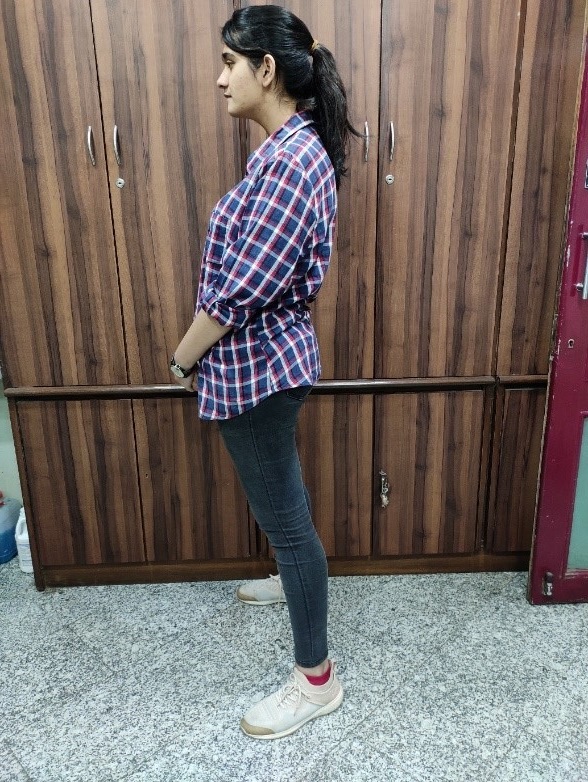
Figure 2: Example of a bad standing posture. Lordotic posture: hips moved forward and forward head posture
Long term harms caused by musculoskeletal disorders:
- Neck and shoulder:
Being in front of the computer screen for long periods with a poor posture like forward head or shrugged shoulders can strain neck and lead to spasm as well as scapular pain.
- Elbow and wrist:
Due to unsupported elbows and wrist while doing computer work, the elbow can develop pain which can lead to a number of musculoskeletal disorders such as tennis elbow, carpel tunnel syndrome etc. Therefore, it is important to correct your posture and prevent these disorders as soon as possible.
- Back:
While doing desk job as well as site visits, the posture of the back is always neglected and is always affected majorly. Due to this, many musculoskeletal disorders might arise leaving long term effect on your body such as slip disc, disc bulge, coccyx pain, sciatica etc.
- Knee and hip:
Standing for a prolonged period of time along with ascending and descending stairs continuously, can cause hip as well as knee pain. Along with this, improper sitting posture also affects knee and hip which then leads to pain and mostly discomfort.
- Ankle:
Prolonged standing can cause sole of the foot pain along with inflammation. Use of proper footwears during site visits is one of the most important factors to be considered.
Early remedial measures:
- Correcting the posture:
While working whenever you remember about the posture, correct it! Along with yours, you can even help your colleagues by reminding them to maintain a good posture.
-
- Sitting: Sit in an erect position with elbows supported, neck and shoulder at neutral position, back supported and the computer screen at the eye level. Also, the feet should be supported to the floor, the knees should be perpendicular to the ankle and ankle should touch the floor. The shoulders should always be relaxed and not shrugged to prevent neck spasm (tightness).
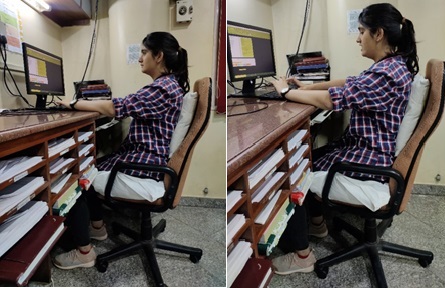
Figure 3: Good Posture. Source: Image clicked by author
- Standing: While standing for a long period of time during site visits, ensure to stand straight. The vertebral column should be always neutral and not kyphotic or lordotic posture. The hips should equally weight bear on the floor and the base of support should be adequate.
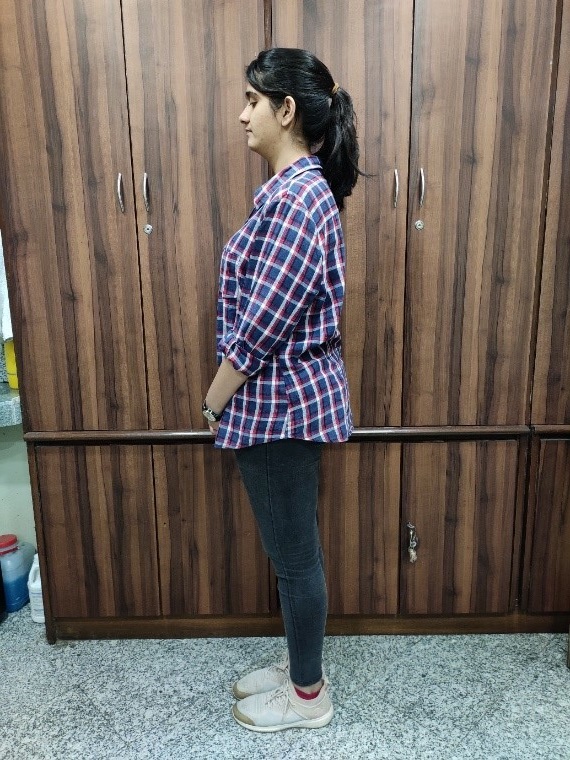
Figure 4: Good standing posture Source: Image clicked by author
- Take quick exercise breaks in between:
Each of the exercises given below to be done 10 repetitions and at least with four hours interval.
- Perform ankle toe movements such that pull your ankle towards you and then away from you, perform ankle rotations, clockwise and anti-clockwise.
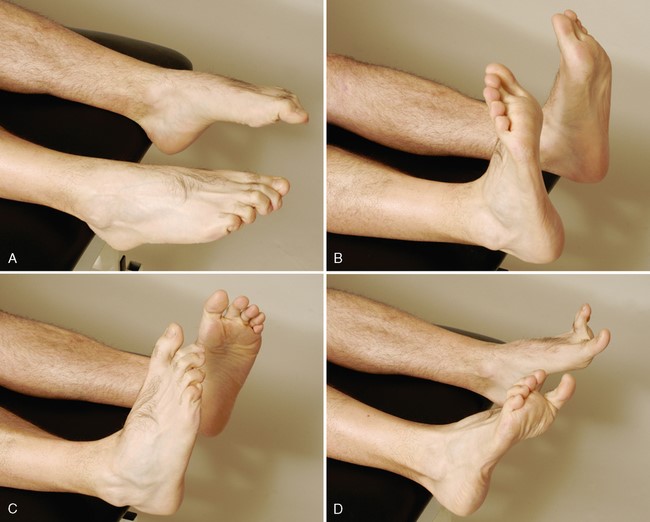
Figure 5: Ankle Toe movements and ankle rotations. Image Source: Clinical Gate
- While sitting on your chair, straighten up your knee and hold it for five seconds in the seated position with 10 repetitions for both the legs.
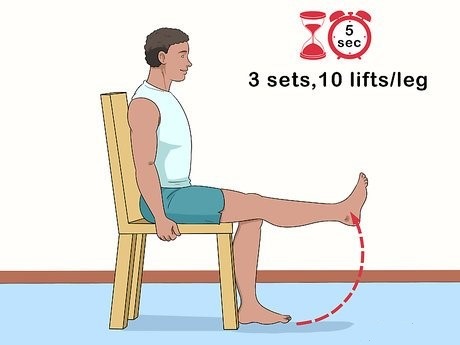
Figure 6: Seated Knee movements Image Source: (Morris, Stretch-Your-Knee, 2020)Wikihow.Fitness

Figure 7: Seated hip movements, Image Source: Wikihow.Fitness (Morris, 2020 )
- Perform wrist rotations clockwise and anti-clockwise.
- Straightening and bending the elbow.
- Take the shoulders up from front as well as sideways, 10 repetitions each exercise.
- Perform neck rotations clockwise and anti-clockwise.
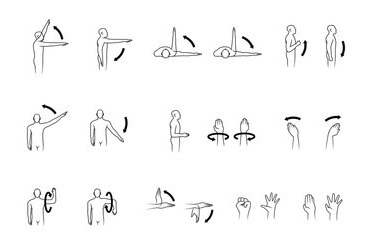
Figure 8: Upper limb movements (shoulder, elbow and wrist), Image Source: Shutterstock
- Take walking breaks in between work:
Make sure to take a quick walk from your desk to the pantry or washroom or in your cubicle itself. This ensures to loosen up your muscles of the entire body, making sure to prevent the stiffness. Take 5 minutes walking break between 2-hours interval. Walking has always proven to be the best exercise.
Hope these points will help prevent the musculoskeletal disorders amongst Architects and all the professionals of building industry who work for prolonged hours on the computers or standing. My sincere request is to spread awareness about postural corrections amongst your fraternity and help them lead a productive and successful professional life.
About Author:
A physiotherapist by profession, Kajol is very keen on having spontaneous discussions about medicine, travel and art. A hyper-excited creature, she holds a full-time job at Tata Memorial Hospital, Mumbai. She is also a Physical Therapist with Bombay Trekkers on weekends. Kajol balances her career and passion equally; never wishing to settle for less. Dr. Kajol, aspires to spread smiles all around her patients and most importantly, awareness about physiotherapy as a profession. Along with medicine, Kajol shares a huge interest for Mandala art. If not in hospital, she can be found scribbling a mandala art on the walls of her house!
Instagram: drkajolmahadev
Linkedin: Dr. Kajol Mahadev
References
Morris, M. (2020 , June 25). Increase-Knee-Flexion#/Image:Increase-Knee-Flexion-Step-2.jpg. Retrieved from www.wikihow.fitness: https://www.wikihow.fitness/Increase-Knee-Flexion
Morris, M. (2020, June 26). Stretch-Your-Knee. Retrieved from www.wikihow.fitness: https://www.wikihow.fitness/Stretch-Your-Knee

